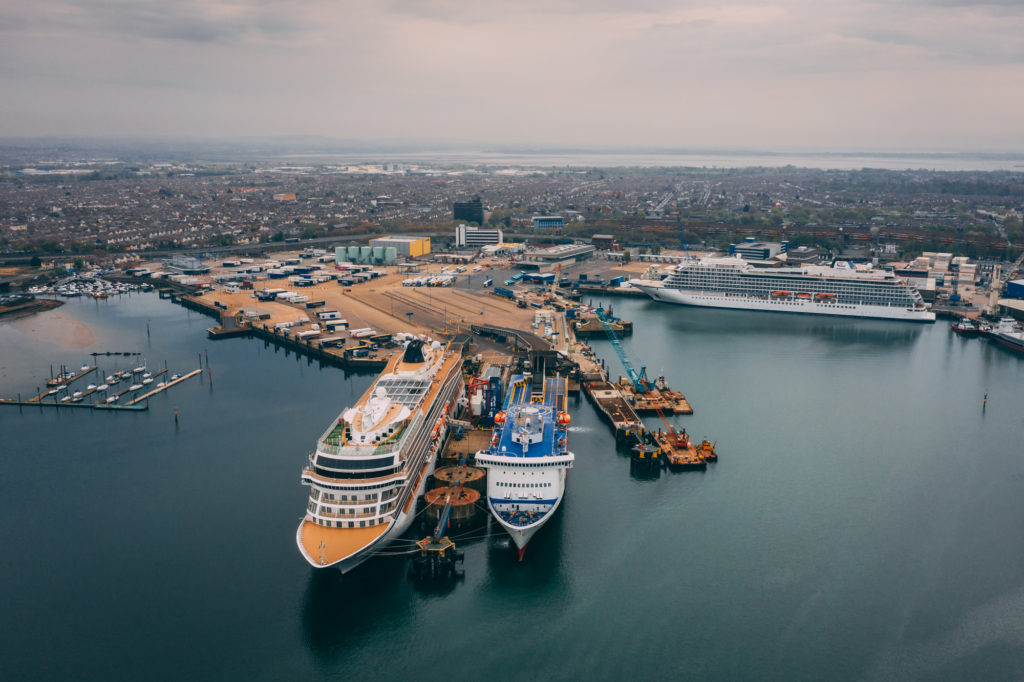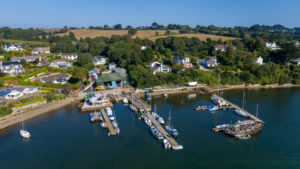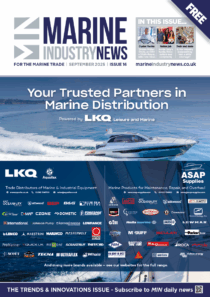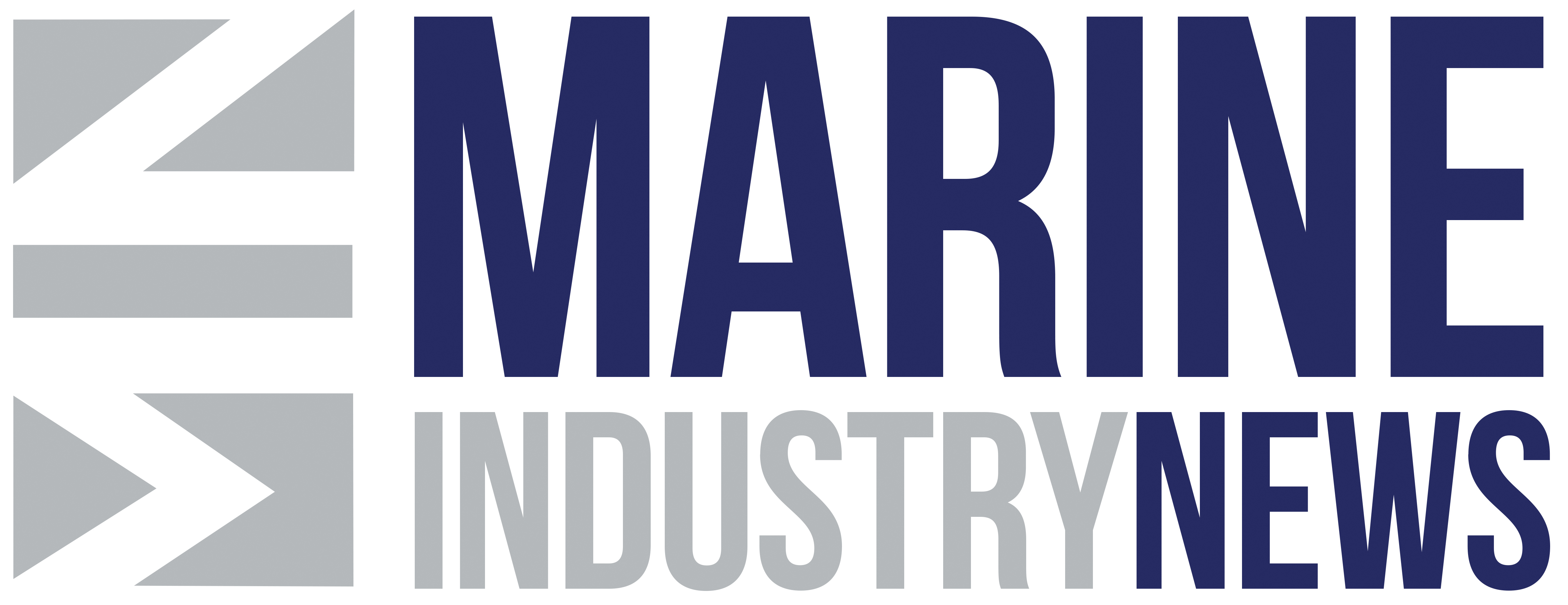£1.5m digital twin of Portsmouth port to aid green hydrogen

Digital software company IOTICS is creating a digital twin of Portsmouth International Port as part of an ambitious £1.5m project to demonstrate an achievable modular green hydrogen generation system within the port.
IOTICS and its partners will create a digital twin of Portsmouth port, interoperating with existing and emerging data from the port infrastructure and its activities as well as gathering data from the working hydrogen electrolyser.
The digital twin approach will create a scalable model that is translatable for other ecosystems, use cases and locations, offering a flexible foundation for further development. Sophie Peachey, head of customer success at IOTICS says: “This project gives us many options to showcase the value of a digital twin approach by reusing data across different use cases. We will be looking at the business benefits for deploying renewable and clean fuels as well as the logistics of refuelling onshore equipment and sea-going vessels in a busy port. We’ll also be setting up the foundations of ways to look at environmental impacts of switching to clean fuel sources.”
The Shipping, Hydrogen & Port Ecosystems UK (SHAPE UK) project is part of the Clean Maritime Demonstration Competition, funded by the Department for Transport and delivered in partnership with Innovate UK.
The IOTICS-enabled semantically defined digital twins, interoperating with data sources uncovered by KnowNow and deployed by Barter4Things will be an amalgamation to virtualise both dockside and offshore activities. Connected Places Catapult and Portsmouth University will leverage data from the digital twins within the port ecosystem to enhance and optimise operations with decision-support tools.
Portsmouth International Port is one of the sites of the new Solent Freeport and is committed to becoming the first carbon-neutral UK port by 2030, and the first zero-emission port by 2050.
“As a port operating in the heart of a major city, and that is owned by the people of Portsmouth, we have an obligation to do everything we can to minimise our impact as we continue to grow in the coming years,” says Jerry Clarke, senior project manager at Portsmouth International Port.
Dr David Hutchinson, a reader in environmental innovation and impact development manager for the faculty of technology at the University of Portsmouth, says: “The Government has a very ambitious environmental target within the maritime sector. SHAPE UK represents a milestone in the move to innovative low-cost green hydrogen generation and storage systems that bring significant reduction in carbon emissions and air pollution in and around Portsmouth and other UK ports.”
He adds: “The port is keen to act as a ‘living lab’ so there will be a great student experience element, which will be particularly relevant for students in our Faculty of Technology, such as those on the renewable energy degree.”
SHAPE UK, led by the University of Portsmouth, brings together a wide range of expertise from industry and academia, including Portsmouth International Port, Lloyd’s Register, Engas, IOTICS, B4T, KnowNow, COX, University of Brighton and the Connected Places Catapult.
Main image courtesy of Pixabay.











This sounds like a good idea, has anybody else created a digital version of the port for an alternative reason? It immediately sparked an idea in me where this digital twin could also model flood defences, the marine ecosystem and coastal defense strategies?